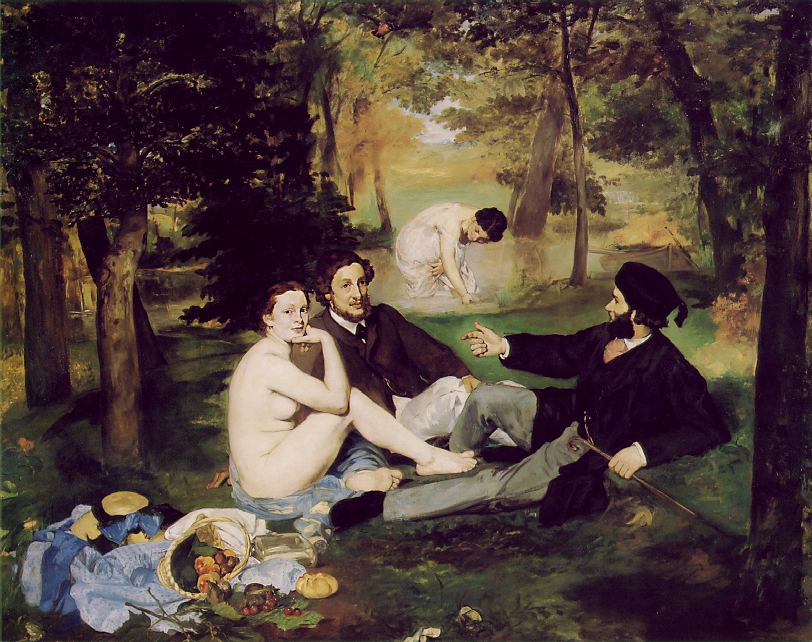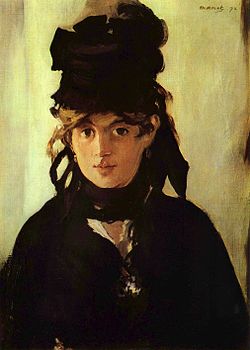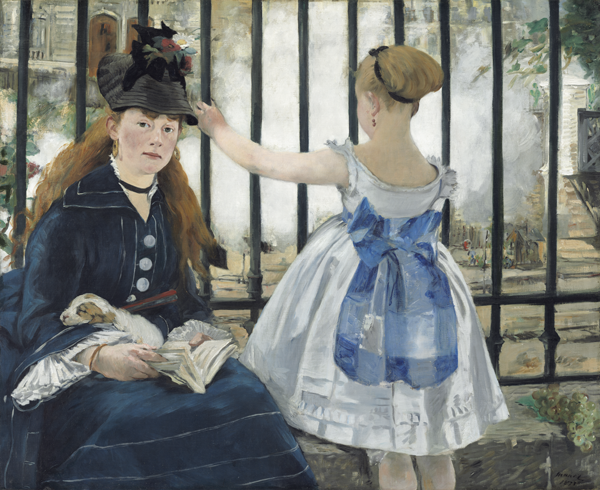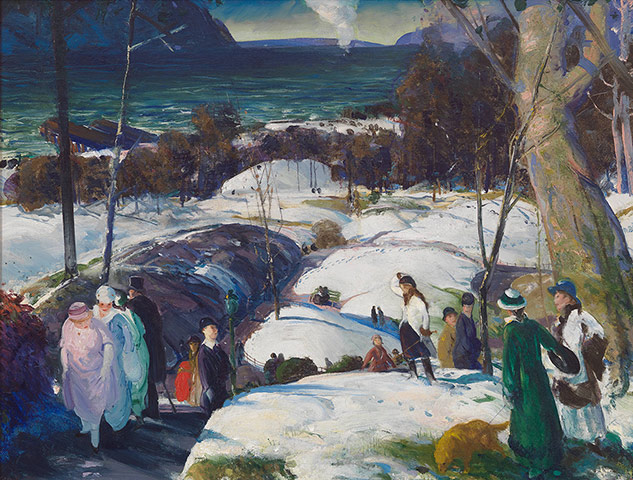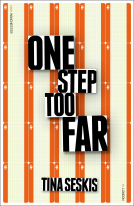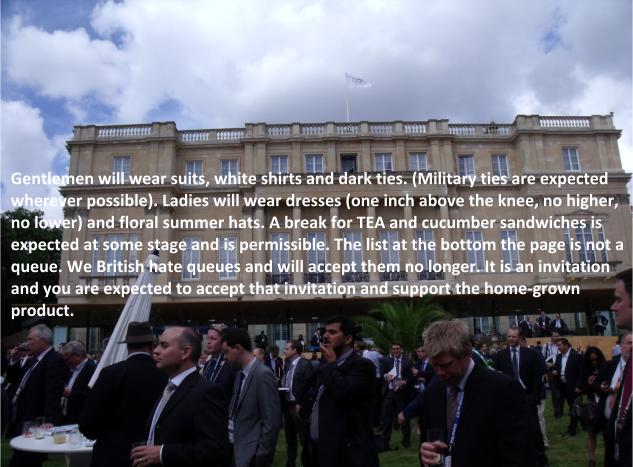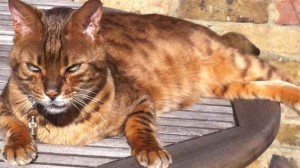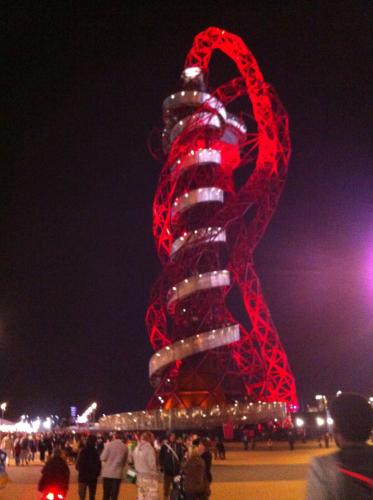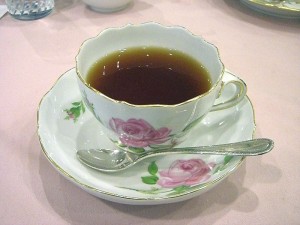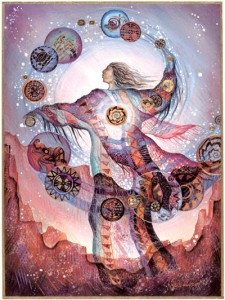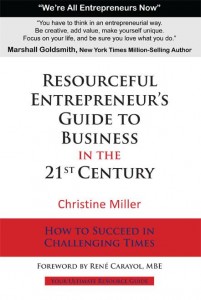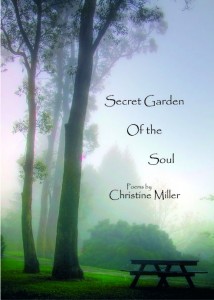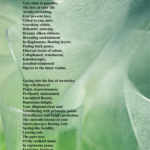Strarta: London’s Newest Art Fair
It’s a real honour to be speaking at the inaugural Strarta Art Fair in the prestigious Saatchi Gallery in London’s Kings Road next week, and the topic of The Love of Art is, of course, particularly relevant and resonant with my research and writing for the Love at Work and Love in the Boardroom projects which currently fill my life and engage my attention.
Developing material for this talk is a rather delicious experience, combining some of my favourite interests and passions, and sending me on colourful, poetic and richly rewarding journeys into imagination, creativity, connection, inspiration – and Love.
Yes, Love, of course. Love as energy, Love as inspiration, Love as – well, a fount of great excitement and impulses to create.
I was asked to write a few paragraphs for publicity about what I’ll be talking about on October 11th, and when my words were greeted by the team with great enthusiasm, the suggestion was to share with my readers here.
For those of you who are coming along, here is a foretaste, for those who aren’t, here’s a little snippet of what I’m sure will be developing as a theme over the next few months.
Enjoy!
The Love of Art
Christine Miller asks: What do we talk about, when we talk about Love?
Some think of Love as a fluffy, soft thing, based on romance, muddied by weakness and scandal, dismissed as an irrelevance, and relegated solely to close relationships and family. Love can be taboo, and not for discussion at our work, in business, or in places where serious decisions are made. But the kind of love of which Christine Miller speaks, which she has researched for three years, and observed as present throughout organisations and activities across the globe, evident in courageous, creative individuals, is not a weak and feeble thing. It is a strong, powerful, demanding love, inspiring, creative – a love that insists on courage, on dedication, on honesty, trust and openness. This is a tough, even fierce, kind of love, which needs much more determination, awareness and thought than the options of fear, indifference and apathy; and being truly loving is much more challenging than being closed, cold and remote.
So what do we really mean by Love?
And more particularly, what do we mean by ‘The Love of Art’?
Who are the people who have a Love of Art?
For ‘Art Lover’ is a common term used to describe a wide range of people from the dilettante to the committed expert.
When we consider the ‘Love of Art’, we can speak of those who love art and express their love by dealing in, buying, displaying and collecting art, who demonstrate their Love by supporting both artists and art. These are people whose Love expresses itself for the finished piece, and its value, in service to the creation of the finished work of art.
We can speak of the artist, the initiator and ‘imagineer’, and their consuming Love of Art. These are the essential creators, demonstrating their Love and passion for their own artistic expressions, the power of imagination, their skills, struggles, determination, their dedication, vocation and valuable gifts.
We can also speak of the critic, whose love of art drives them to seek perfection and provoke improvement. We can ask – is a critic who tears apart an artist’s work still expressing their Love of Art? This is the ‘Tough Love’ of Art, also requiring strength and courage to express.
The Love that Christine Miller will speak of at Strarta encompasses all these aspects, and propels us even further to explore the power and fuel that is Love.
For we are talking here of an energy and connection which pervades the entire universe, and is one of the strongest forces available to us, which whilst it is often carelessly, casually mentioned, is little understood and definitely under employed.
Come and explore the Love of Art expressed in the powerful relationships between the artist, their work and the many stakeholders in their artistic expression.
Christine Miller October 2013
___________________________________________________________________________________
Strarta Art Fair
Christine Miller MA FRSA will speak about ‘The Love of Art’ at the Strarta Art Fair at the Saatchi Gallery, Duke of York’s HQ, Kings Road, London SW3 on Friday October 11th 2013 at 15.00
Christine is available for interview – please contact Tina Fotherby tinafotherby@famouspublicity.com
To find out more about the venue, tickets for the exhibition and events please visit www.strarta.com

